It has the advantages of bright colors, clear patterns, simple operation, and low cost. It is suitable for various polyester or polyester-containing fabrics, such as clothing, curtains, pillows, and handbags.
This article will introduce the principle, steps, and precautions of heat transfer technology, and help you create personalized fabrics.
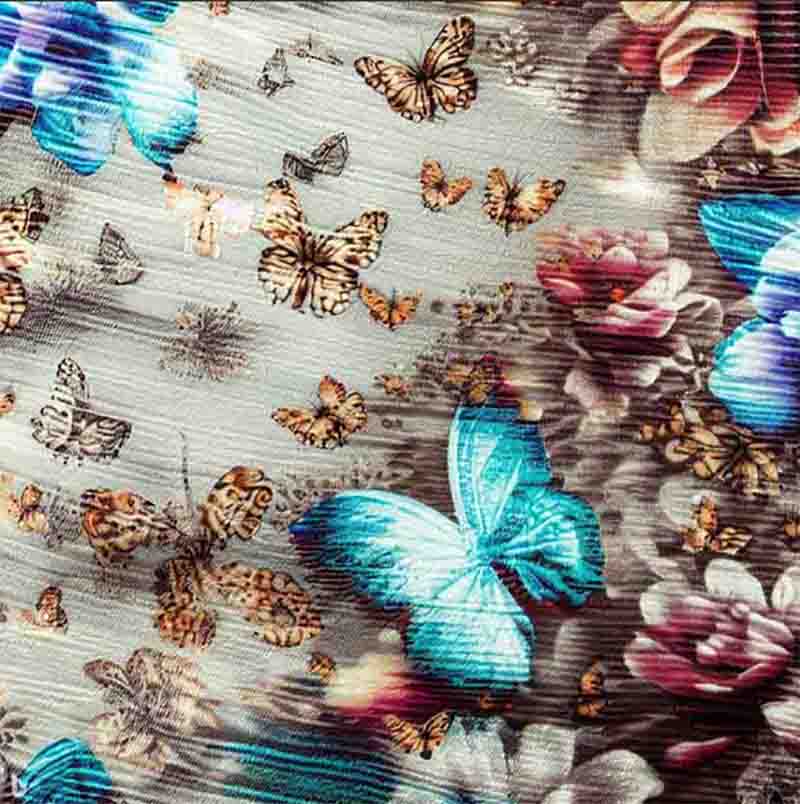
The principle of heat transfer technology is to use sublimation dye ink to print patterns on special heat transfer paper
And then transfer the patterns from the paper to the fabric by high temperature and pressure.
Sublimation dye ink is a type of dye that can change from solid to gas directly at high temperatures.
When it contacts with the fabric, it can penetrate the fiber and combine with it, forming a firm printed pattern.
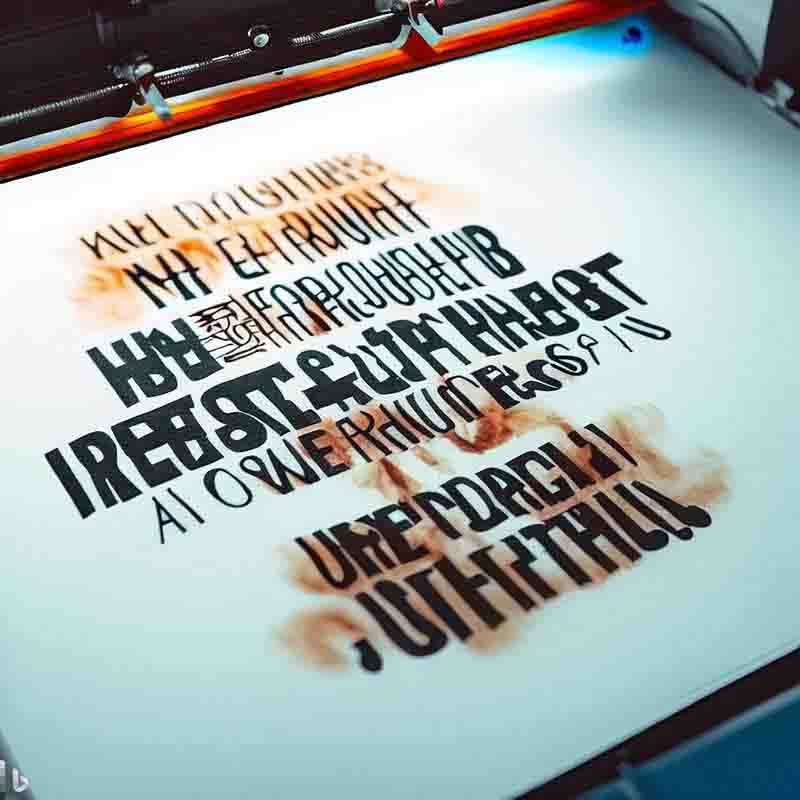
The steps of heat transfer technology are roughly as follows:
You need to prepare a laser printer, a heat press machine, and some heat transfer papers (choose matte, glossy, or metallic surface according to the fabric type)
Some polyester or polyester-containing fabrics, and some necessary auxiliary tools (such as scissors, pencils, rulers, etc.).
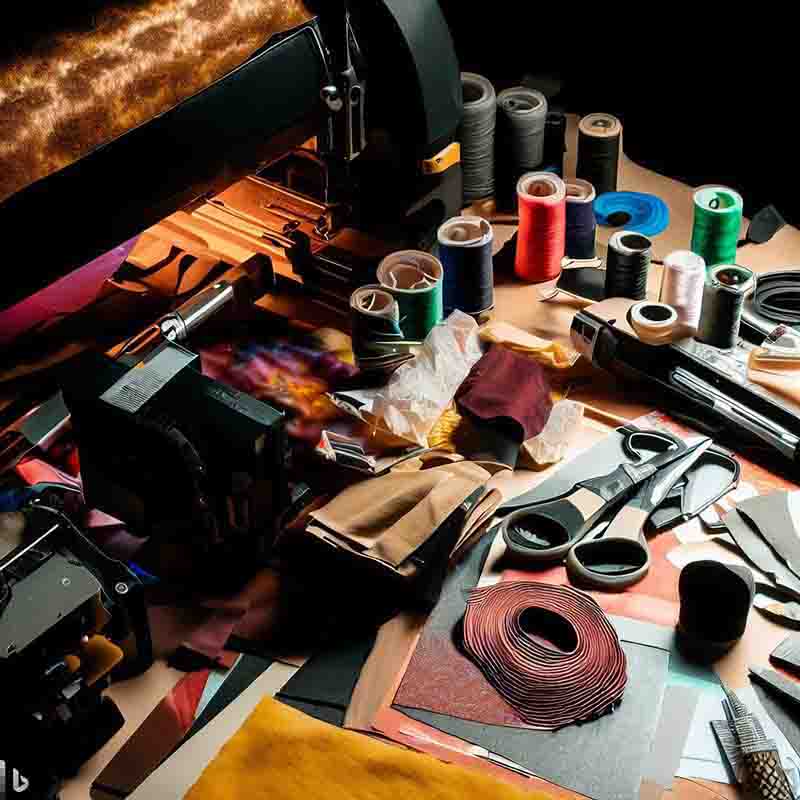
Open or make the patterns you want on the computer, drag them to the heat transfer software, and adjust the size and position of the images.
Note that the images should be printed in reverse so that they can be displayed normally when transferred to the fabric.
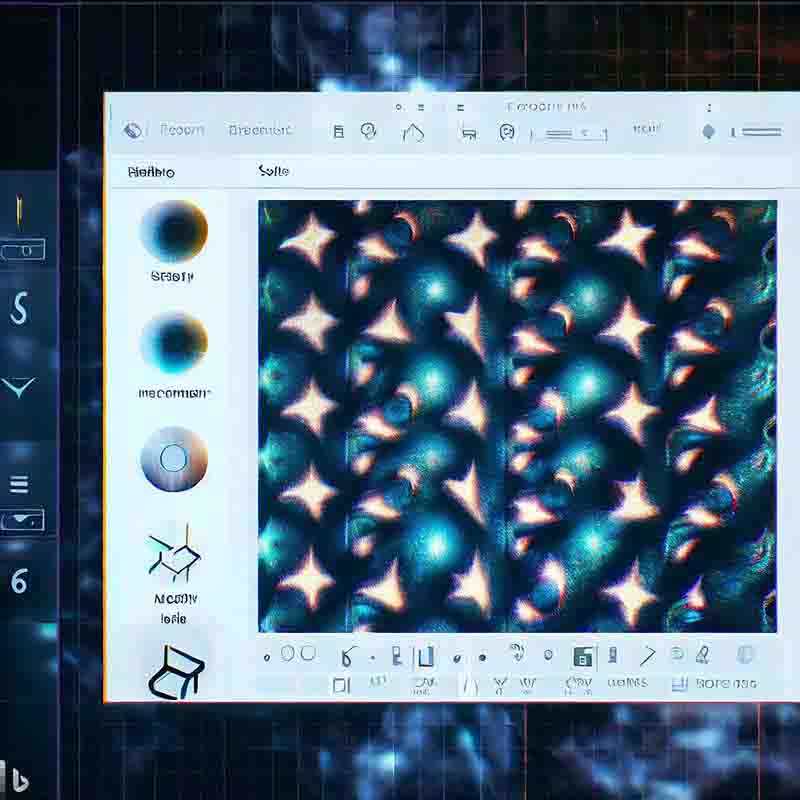
Tear off the protective paper on the back of the heat transfer paper, put the spray surface up into the laser printer, and start printing.
When printing, choose the high resolution and high color modes to ensure the clarity and brightness of the patterns.
Cut patterns: Cut the printed heat transfer paper along the edges of the pattern into the desired shape and remove the excess parts.
Place the cut heat transfer paper on the polyester or polyester-containing fabric, with the glue side facing down, and flatten it without wrinkles.
Then use a heat press machine to press for 8-12 seconds (the time depends on the type of heat transfer paper and fabric)
And set the temperature at about 210°C. Do not use the steam function and keep moving evenly to flatten air bubbles.
Wait for 2-3 seconds to cool down, then carefully peel off the heat transfer paper from one corner.
If you find that the pattern has not been fully transferred to the fabric, stop and repeat the previous steps, increasing the heat and pressure time.
Gently pat the finished fabric, making sure that the heat transfer pattern is firmly attached to the fabric.
You can use scissors or a sewing machine to cut or sew the fabric into the shape and size you want.
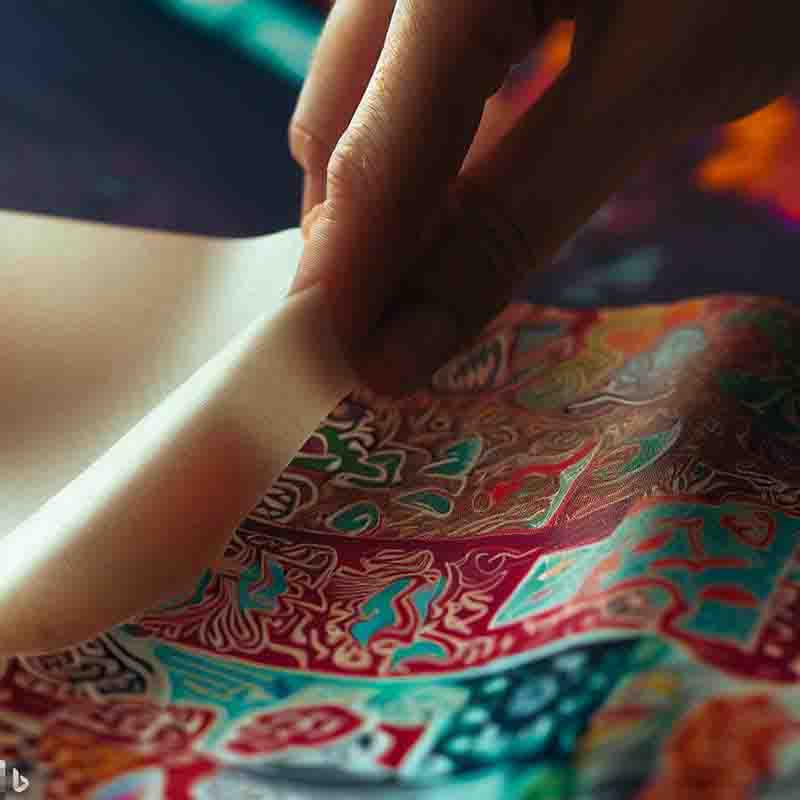
Different types of heat transfer paper and fabric have different characteristics and effects, you should choose the appropriate combination according to your needs and preferences.
Generally speaking, matte surface heat transfer paper is suitable for natural fabrics such as cotton and linen,
Glossy surface heat transfer paper is suitable for synthetic fabrics such as polyester, and metallic surface heat transfer paper is suitable for making shiny patterns.
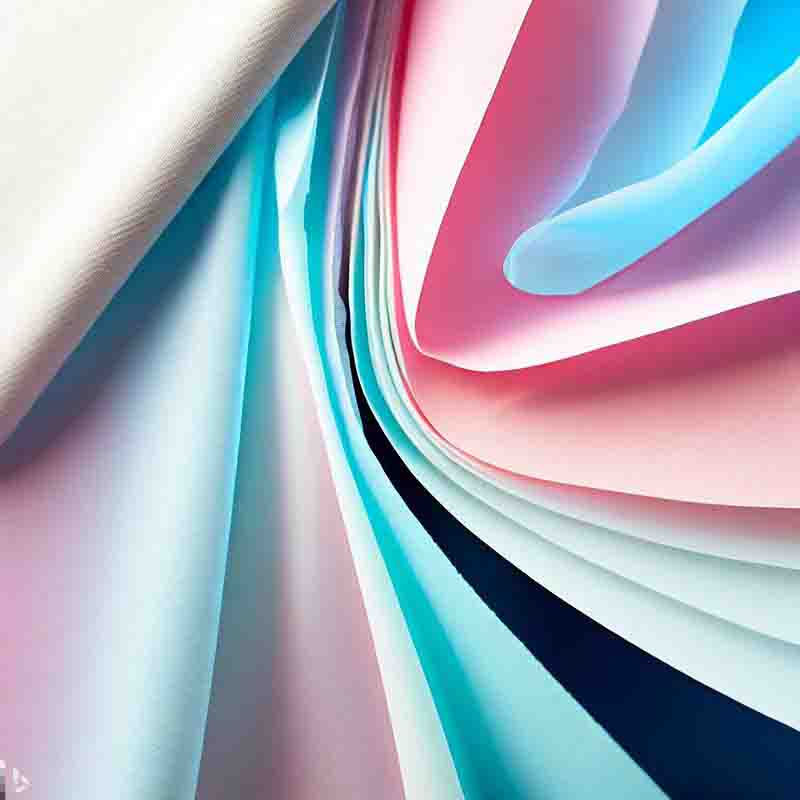
The parameters of the printer and heat press machine will affect the quality and effect of the pattern
You should adjust the resolution, color mode, temperature, and pressure.
And time according to the type of heat transfer paper and fabric.
Generally speaking, the higher the resolution, the more vivid the color mode, the higher the temperature
The greater the pressure, the longer the time, and the clearer, brighter, and firmer the pattern.
The steam function will cause the dye on the heat transfer paper to dissolve or diffuse
Affecting the clarity and brightness of the pattern.
Use a dry heat press machine and keep moving evenly to flatten air bubbles.
This is the most critical step, wait for 2-3 seconds to cool down, then carefully peel off the heat transfer paper from one corner.
If you peel it off too early or too fast, it may cause the pattern to be incomplete or fall off. If you find that the pattern has not been fully transferred
If you want to learn more about this, you can also follow us on Facebook:https://www.facebook.com/nomexfelt
As we know, Heat Transfer Printing Felt is suitable for fabrics, decorative fabrics, curtains, le...
Read Safety Rules for Laundry Management to be a qualified manager. PARTⅠ Laundry room Safety Gen...
The extrusion machine is the leading equipment for the production of aluminum profiles. The quali...
Heat transfer printing is a contemporary printing process in the clothing market. It prints the p...
In the textile industry, felt is only a small part but important. About how to choose felt that i...
Foshan Pure Technology Company., Ltd. helps conveyor belt manufacturers source equipment to metal...
Nomex, an intermediate aramid, also known as aramid 1313. It is characterized by good heat resist...
In the 1960s, the Dupont developed a kind of aramid composite material, it is Kevlar. It has very...